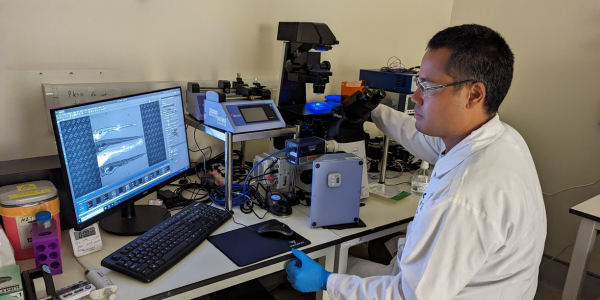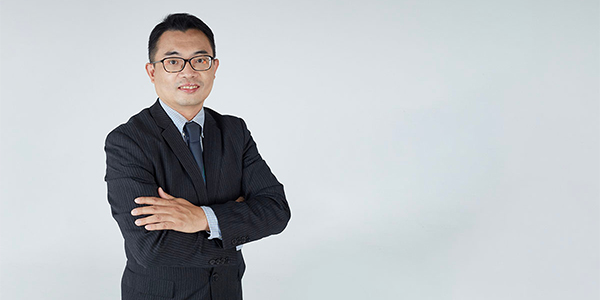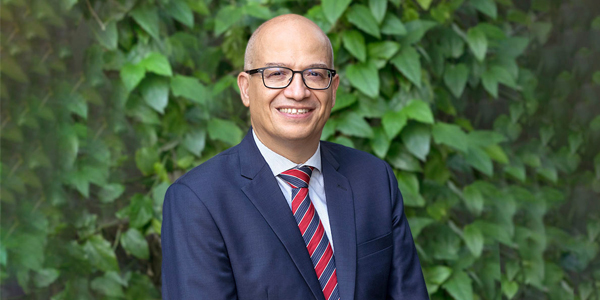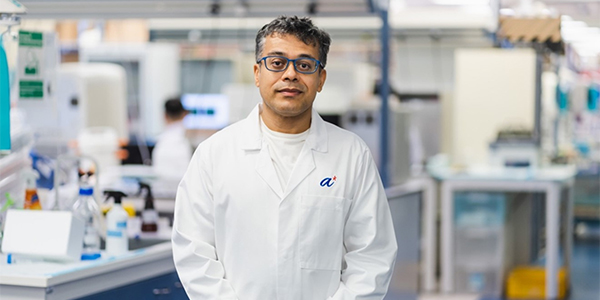FACES OF A*STAR
Research to Solve Real Societal Problems Through Systems Engineering: A*STAR Systems Engineering Communities of Practice (CoP)
Launched by A*STAR CEO Frederick Chew in May 2022, the A*STAR Systems Engineering Community of Practice (CoP) was established to drive the adoption of systems engineering methodologies and best practices, especially for multidisciplinary R&D projects, across A*STAR entities. Creating a critical mass of systems engineering talent and professionals in A*STAR is one of the key success factors for this initiative.
Read to find out more about our member, Amudha Narayanan, and how she makes a difference by applying Systems Engineering knowledge into her work in A*STAR’s Institute of Infocomm Research (I2R).
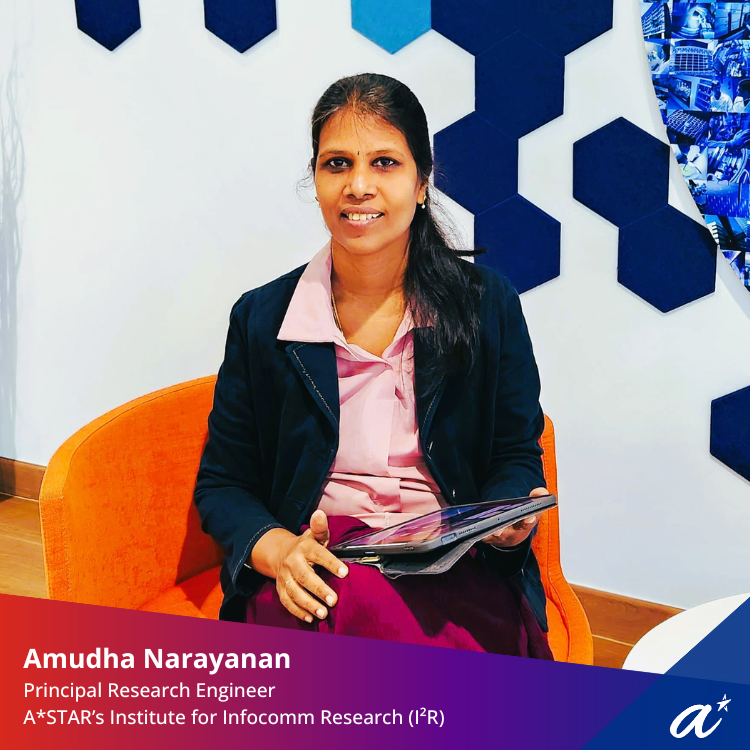
Amudha was inspired to become an engineer by observing the oil and gas petrochemical plants in her hometown in Chennai, India: ‘I couldn’t see much human activity occurring at the plants and I wondered how they were run - what the logic was behind them. It made me think that there must be a lot of automation involved and that engineering was the key.’
Focusing on math and computers throughout her secondary education, and with a supportive family behind her, she went on to earn a Bachelor of Engineering degree from Madras University, becoming the first degree-holder in her extended family. She then completed post- graduate diplomas in Software and Database Management (Software Solutions Institute of India) and Operations Research and Statistics (Anna University, Chennai) before beginning her career in India.
Her first role, as a project engineer for an oil and gas industry company, required Amudha to understand the system functionalities and stakeholder requirements and then build and deliver an end-to-end industrial automation system. Later, she joined a large multinational technology company in Singapore to develop software tools based on her knowledge of embedded system programming and communications engineering. While pursuing her career as a software engineer, she completed her Master of Science degree in Software and Network Engineering at Nanyang Technological University (NTU), then gained broad systems engineering experience along with software and data analytics expertise by working on multiple client-facing projects for several companies. The opportunity to join A*STAR came when the Institute for Infocomm Research (I2R) was looking for a geo information systems specialist.
Amudha has spent more time working for A*STAR, than any of her prior companies, because she is interested in constantly being challenged. She says that A*STAR has provided those challenges, as well as growth opportunities, through work in different domain areas, on diverse projects, and across multiple industries including transportation, power utilities, pharmaceuticals, FinTech, and Government.
For a major end to end systems engineering project, she led the analysis of ten years of internal procurement data that was required for the creation of a procurement analytics system that uses machine learning to detect anomalies, and then applies demand aggregation to optimise procurement operations. Deployed in system form as a web application, the Comprehensive Procurement Analytic System (COMPASS) is used in real-time by procurement specialists to set procurement policy and has received awards for innovation from both A*STAR and the Ministry of Trade and Industry (MTI), and for deployment from the Association for the Advancement of Artificial Intelligence (AAAI).
One of the first projects that Amudha worked on in the Aerospace industry involved analysing spatial data to develop a machine intellection prototype to predict optimal routing, fuel consumption, and runway usage optimisation for a major global aircraft manufacturer. Currently, she is working with a MedTech startup company to develop a tool that doctors and sports trainers can use to detect abnormalities in musculoskeletal movement, primarily in the aged population. This project required the building of a portable 3D gait (walking) analysis tool, in a team, to analyse 2D and 3D-poses and biomarker data obtained from video. The tool delivers quantitative, cost-effective, clinically acceptable results via an edge device (iPad, iPhone) for doctors to use in identifying possible neurological disorders and for monitoring patients over time. The project involved collaborating with A*STAR’s Diagnostics Development Hub (DxD Hub) to develop UI/UX and backend software, create comprehensive clinician reports with a dashboard, and transform the tool for utilization in clinical settings while ensuring the regulatory clearances, all aimed at achieving an optimal final form factor for the product. Amudha is encouraged by the societal benefits this project promises.
In her spare time, Amudha likes spending time with her family, especially her 11-year-old twins. She also enjoys gardening and says that, though as an engineer she appreciates the value that AI systems and advanced infrastructure bring to society, it is equally important to preserve nature, try to reduce her footprint, and to re-use whenever and wherever possible. Throughout her career, Amudha has always taken advantage of the continuous learning opportunities available through her employers and she considers herself a lifelong learner. She appreciates the training, short updates, and external seminars that the Systems Engineering Community of Practice (CoP) has organised and says that the CoP is important in furthering cross-institute communication and for sharing learning within A*STAR. She also believes that the CoP helps to counter the impression, that some may have, that A*STAR is ‘only’ a research organisation. ‘We perform research of course, but also apply that research to real societal problems, and the impact we can have comes through systems engineering. As an AI deployment team lead, I encourage my team members to participate in the CoP because I believe that it helps to promote the idea that we need to make our projects ambitious and, once we have a prototype, apply systems engineering concepts to deploy that prototype in the real world. If we have a strong overall knowledge of systems engineering, we can develop innovative ideas to find solutions to problems in any domain area.’
Was this article helpful?
A*STAR celebrates International Women's Day

From groundbreaking discoveries to cutting-edge research, our researchers are empowering the next generation of female science, technology, engineering and mathematics (STEM) leaders.
Get inspired by our #WomeninSTEM

